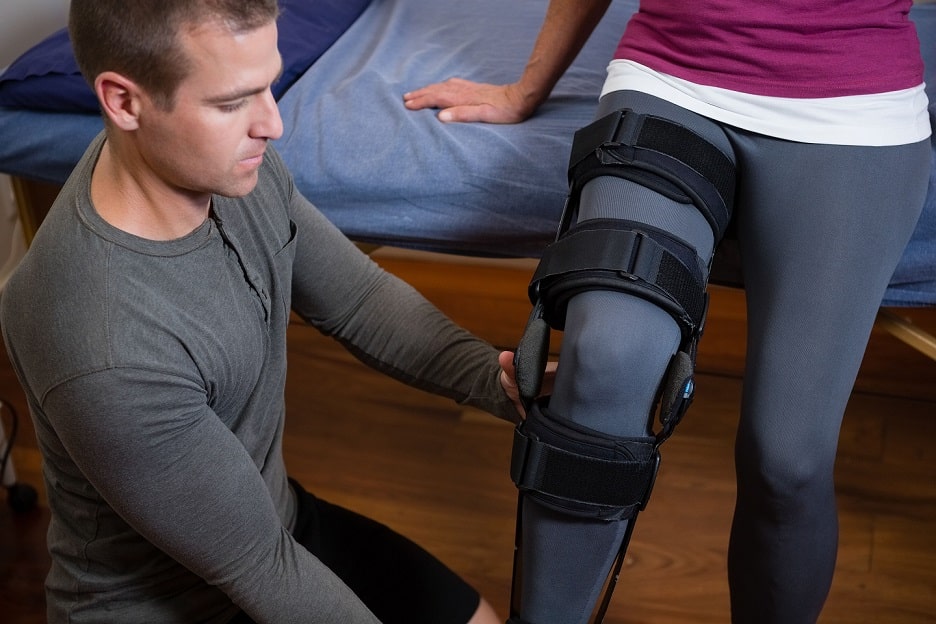 Lifting is part and parcel of many jobs nowadays, but there are rules and regulations in place to ensure that employees are kept reasonably safe and injury free. The Manual Handling Operations Regulations 1992 cover this area in some detail.
Lifting is part and parcel of many jobs nowadays, but there are rules and regulations in place to ensure that employees are kept reasonably safe and injury free. The Manual Handling Operations Regulations 1992 cover this area in some detail.
If you are lifting heavy objects at work then first and foremost, you should be trained in manual handling techniques. When possible, manual handling should be avoided. This can be done in a variety of ways such as using machinery or equipment to carry objects, re-structuring so that an object does not need to be moved etc. In many jobs an element of manual handling is still necessary and very much seen as “part of the job”. If a safer system of work can be adopted so that manual handling can be avoided, then this safer system of work should be adopted.
When manual handling cannot be avoided your employer should assess the risks of injury by considering how heavy an object is and how far it has to be carried. In many situations there will be something that can be done to either mechanically carry the object or at least assist in carrying the object.
The Health and Safety Executive did publish guidance on the Manual Handling Operations Regulations 1992 (This can be viewed online).
On page 58 of these guidance notes you will see a diagram containing a guideline weight for lifting and lowering in that zone. For example a male can hold a greater weight (recommended guideline is 20kg) at elbow height and into the chest than what a male can hold at mid lower leg height (recommended guideline is 10kg). The figures are recommendations only but the diagram itself gives a good illustration.
The Regulations themselves do not go as far as giving a limit to the weight a person can lift at work. There are recommendations in the published guidance notes but no actual limit or precise cut off figure. Therefore there is some scope for employers but obviously the greater the weight the greater the risk of injury and the more that should be done to avoid manual handling. Employers can introduce measures but unless they are fully mechanical measures then an element of manual handling may still be required. For example an aid could be a form of conveyor belt to transport heavy items. However the difficulty is getting the heavy items to and from the conveyor belt. A mechanical way to move objects are overhead cranes. Obviously in this case we are often talking about large and extremely heavy objects that we could not lift if we tried. Perhaps the greatest risk comes from items or objects that people can lift and carry but at a great struggle. In terms of avoiding injury it is technique that matters more than physical strength and therefore manual handling training is essential.
If you have been injured as a result of lifting or carrying heavy items at work then you may be eligible to make a compensation claim.

 Lifting is part and parcel of many jobs nowadays, but there are rules and regulations in place to ensure that employees are kept reasonably safe and injury free. The Manual Handling Operations Regulations 1992 cover this area in some detail.
Lifting is part and parcel of many jobs nowadays, but there are rules and regulations in place to ensure that employees are kept reasonably safe and injury free. The Manual Handling Operations Regulations 1992 cover this area in some detail.









